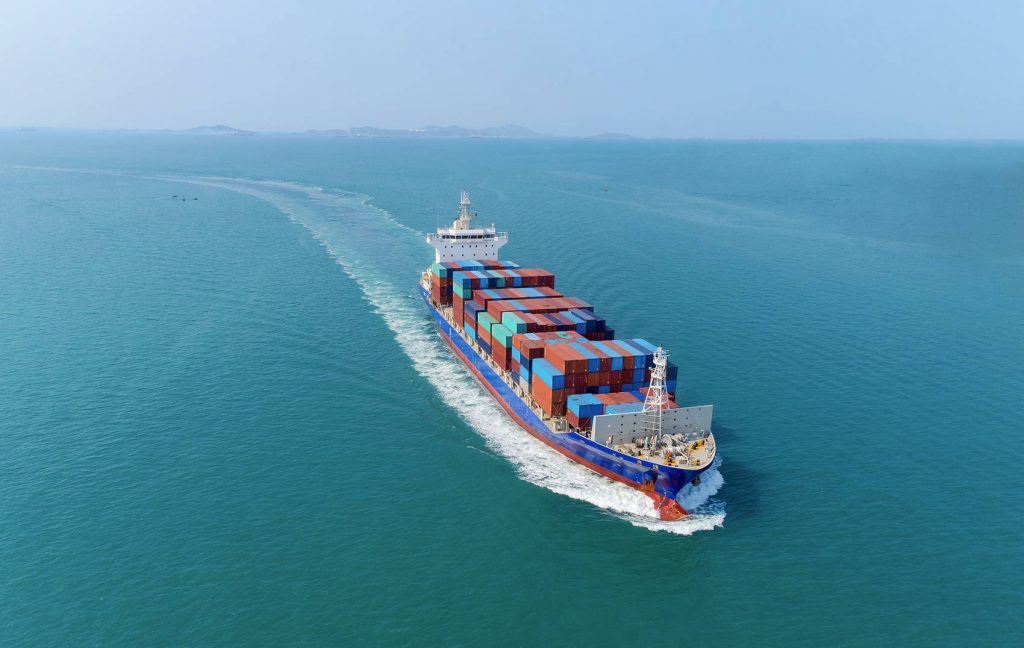
Shipping goods from China to New Zealand requires expertise in navigating complex customs regulations, seasonal disruptions, and the unique logistical demands of this Pacific nation. As a key trading partner under the China-New Zealand Free Trade Agreement (FTA), New Zealand imports a wide range of goods, including agricultural machinery, electronics, pharmaceuticals, and consumer products. Partnering with a specialized freight forwarder ensures compliance, cost efficiency, and timely delivery. This guide explores key considerations, from shipping methods and customs compliance to risk mitigation strategies.
- Shipping Methods: Ocean Freight as the Primary Option
New Zealand’s geographic isolation and reliance on maritime trade make ocean freight the dominant mode for imports:
- Ocean Freight:
- Routes: Most shipments transit via the Pacific or Tasman Sea to major ports like Auckland, Tauranga, or Wellington. Transit times range from 25–45 days for full container load (FCL) shipments. Direct routes from Chinese ports like Shanghai or Shenzhen are common.
- Key Ports:
- Auckland: Handles bulk cargo and serves as a distribution hub for the North Island.
- Tauranga: A key port for agricultural imports and exports.
- Wellington: Connects to South Island markets via road and rail.
- Pro Tip: Schedule shipments to avoid Auckland’s peak congestion (December–March) or opt for air freight for urgent needs.
- Air Freight:
- Ideal for high-value or time-sensitive goods (e.g., medical supplies), air routes connect Chinese hubs like Shanghai to Auckland Airport (AKL). Transit times average 5–8 days, but costs are significantly higher.
- Multimodal Transport:
Combines ocean freight with road or rail. Cargo arriving at Auckland moves inland via State Highway 1 to Wellington or Christchurch. Rail options like the Main Trunk Line link key cities.
- Customs Compliance and Documentation
New Zealand’s customs authority, the Ministry of Business, Innovation and Employment (MBIE), enforces strict regulations. Essential documents include:
- Commercial Invoice: Detailed item descriptions, value, and harmonized system (HS) codes.
- Bill of Lading (B/L): Specifies cargo details and consignee information.
- Certificate of Origin: Confirms manufacturing country; benefits from China-NZ FTA tariffs (average 0–5%).
- Phytosanitary Certificate: Required for agricultural or timber products.
- Import Declaration: Filed electronically via MBIE’s Automated Cargo System (ACS).
New Zealand imposes tariffs averaging 0–10%, with stricter biosecurity measures for food, plant, and animal products. A freight forwarder manages ACS filings, HS code classification, and ensures compliance with NZ standards (e.g., MPI biosecurity certificates).
- Challenges and Solutions for New Zealand Shipments
A. Port Congestion and Infrastructure
Auckland’s port faces delays during peak seasons (December–March). Mitigate risks by:
- Using Tauranga Port for faster clearance.
- Partnering with forwarders offering bonded warehousing near ports. B. Weather Vulnerabilities
Cyclones and rough seas disrupt shipping schedules. Build buffer time or prioritize air freight during storm months (February–April). C. Inland Transportation Complexity
Moving cargo to South Island regions like Christchurch or Queenstown requires navigating mountainous roads and potential landslides.
- Key Services Offered by Freight Forwarders
A trusted forwarder provides tailored solutions for New Zealand-bound shipments:
- Customs Brokerage: Manages ACS filings, duty optimization, and HS code classification.
- Door-to-Door Logistics: Coordinates port pickup, inland trucking, and last-mile delivery to Auckland, Wellington, or rural areas.
- Track-and-Trace Systems: Monitors shipments via ACS updates and GPS integration.
- Risk Mitigation: Offers cargo insurance and contingency plans for port strikes or weather disruptions.
- Cost Considerations
Shipping costs vary by cargo type, route, and services:
- Freight Forwarding Fees: Typically 5–15% of shipment value, reflecting specialized handling.
- Ocean Freight Charges: Include terminal fees (THC) and fuel surcharges.
- Duties and Taxes: Average 5–15% of CIF (Cost, Insurance, Freight) value, influenced by HS codes.
- Inland Transportation: Costs range from $1,500–$5,000 for trucking from Auckland to Christchurch.
Request a detailed quote to compare options and avoid hidden fees.
- Frequently Asked Questions
Q: How do I expedite customs clearance in New Zealand?
A: Pre-register products with MBIE, use AEO (Authorized Economic Operator) status, and ensure accurate HS code classification.
Q: What’s the best port for importing bulk agricultural goods?
A: Tauranga Port specializes in agricultural imports and offers faster clearance for bulk shipments.
Q: Are there restrictions on used equipment imports?
A: Yes, used machinery often requires MPI inspections and certifications. Confirm eligibility with your forwarder.
Q: How are perishable goods handled?
A: Air freight with temperature-controlled containers is preferred. Coordinate expedited clearance for time-sensitive cargo.
Conclusion
New Zealand’s thriving economy and strict biosecurity standards make it a critical market for Chinese exporters. However, navigating customs complexities, seasonal disruptions, and regional logistics requires specialized expertise. By partnering with a China to New Zealand freight forwarder, businesses gain access to streamlined clearance, cost-efficient routing, and risk management strategies. Whether importing industrial components or agricultural goods, professional logistics support ensures timely, compliant deliveries to New Zealand’s growing markets.
Optimize Your China-New Zealand Supply Chain
Focus on your core operations while experts handle the intricacies of cross-border shipping—from ACS filings to last-mile delivery. A trusted freight forwarder bridges the gap between global trade and Pacific compliance.






